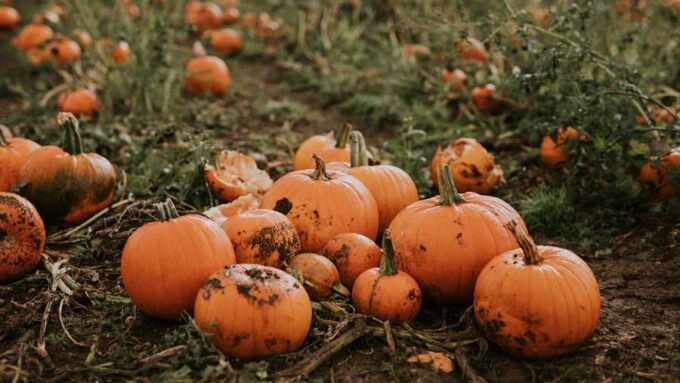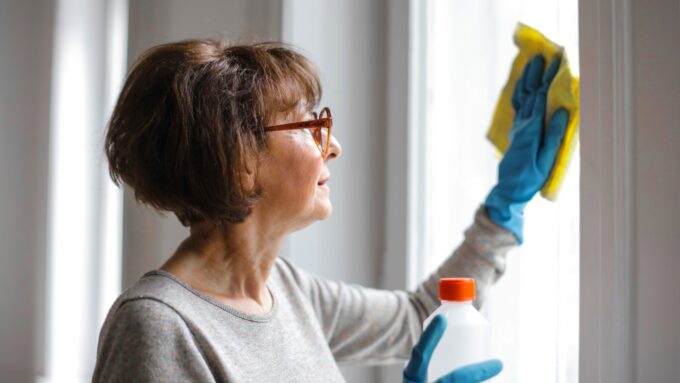Decorating your home with pumpkins and gourds is a great way to welcome in the fall season.
While these autumn fruits are a staple in fall decorating, they also present an opportunity to introduce mold into your home.
Find out what you can do to prevent a mold problem from ruining your fall decorating displays.
How Fall Decorating is a Mold Threat
As you bring those fall fruits into your home, they will begin to rot.
Pumpkins and gourds rot quickly because they are exposed to all the outdoor moisture, bacteria and dirt needed for them to grow. Additionally, trace amounts of mold are already on the pumpkins and gourds out there in the field.
Without some kind of treatment, the fresh fruits will decay and when that happens, it gives mold an opportunity to grow. Your fruit may no longer be ripe, but the conditions for mold are.
The problem with active mold is that it contains and releases tiny particles known as mycotoxins and spores, which easily become airborne and spread throughout your home.
The best course of defense against decay and mold growth in this situation is to remove as much of that dirt, bacteria, and moisture as possible from the fruit before decorating.
Preventing Seasonal Mold
Before carving those jack-o-lanterns or putting pumpkins or gourds on display, treat them with a simple solution to delay rotting and mold.
Treating fall fruit is easy and you probably already have all of the ingredients for the cleaning mixture at home.
Cleaning Mixture for Treating Fall Fruits
The mixture is a combination of one gallon water, two tablespoons of bleach and a drop of liquid dish soap. Mix together in the kitchen sink or a bucket.
Soak gourds and pumpkins in the mixture for 30 minutes. Note that pumpkins and gourds don’t need to be completely soaked and submerged, just thoroughly cleaned, including the stem.
Periodically roll pumpkins around to evenly coat the fruit.
After cleaning, rinse the gourds and pumpkins well and dry completely.
For an extra layer of protection, lightly spray with a clear protective sealant and let dry completely.
Eliminating Mold from Fall Decorating
The best way to combat mold is to try to prevent it. If it’s too late for that, treat the mold with vinegar or a mixture of bleach and water.
While bleach is typically the go to mold killer and disinfectant, vinegar usually works better to clean mold from porous surfaces such as tables, shelves, or countertops.
Bleach
Combine 1 cup of bleach with 1 cup of water. Mix well, pour into a spray bottle. Saturate mold with mixture, let soak for 30 minutes. Rinse and dry well. Repeat as needed.
Vinegar
Use undiluted white distilled vinegar in a spray bottle and saturate moldy areas. Let soak, rinse thoroughly and let air dry.
Always protect yourself with gloves and a mask when treating mold.
If areas affected by mold exceed 10 square feet, call a mold remediation company to safely treat and eliminate the mold.
Conclusion
While decorating is fun and gets you into the autumn spirit, it also comes with risks for mold contamination.
In Sonoma County, call the go-to mold remediation specialists at RCS. No matter how it makes its way into your home, RCS is here to resolve all of your mold issues.


